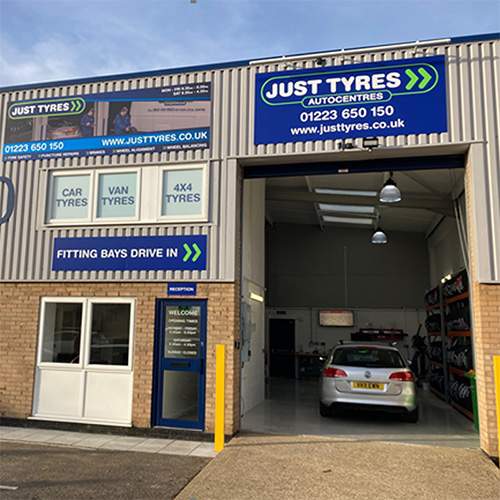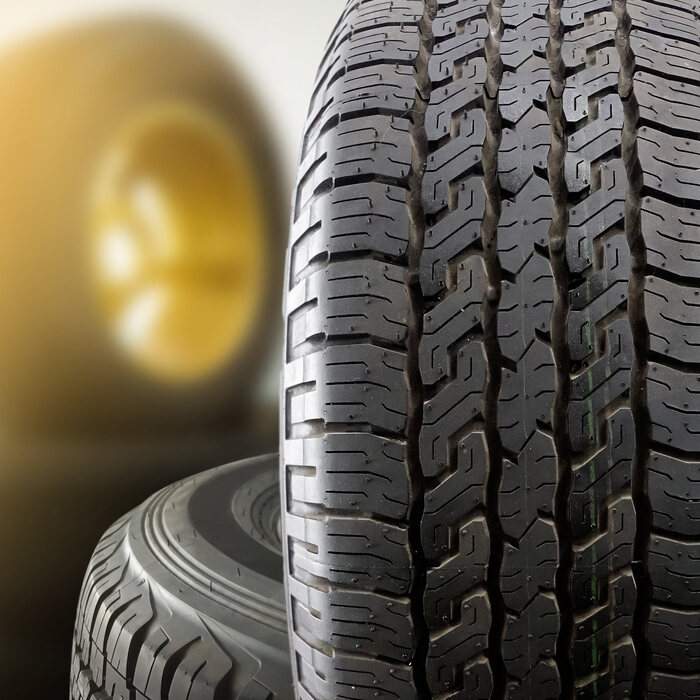WHAT DOES TPMS MEAN?
As technology advances, there are plenty of additions being made to our cars that make our rides more comfortable, entertaining, and help us to find our way - as well as advancements that make our vehicles safer. However, there’s tech being added that improves their safety in ways you might not even realise - and that includes the TPMS.
What does TPMS stand for?
TPMS is an abbreviation that stands for Tyre Pressure Monitoring System.
What is a Tyre Pressure Monitoring System and what does it do?
It does exactly what you might expect based on the name - it constantly monitors the air pressure in your tyres, and alerts you via the console when there’s a change in air pressure.
Why is a TPMS useful?
With vehicles that aren’t fitted with a TPMS, it’s recommended that you check the air pressure in your tyres using a pressure gauge at least every two weeks. With a TPMS, there’s no need to do this as the system is always monitoring your tyres’ air pressure for you.
When there is a drop in pressure, the console will alert you, which means you don’t have to rely on waiting for your tyre to go flat or look for any other signs that your tyres may have lost pressure.
Do all vehicles have a TPMS?
TPMSs have been in use since the late 1980s, and most vehicles produced today have one fitted as standard. Since 2014 it's been EU law that any new passenger vehicles must have a TPMS.
How do you know if your car has a TPMS?
If you’re unsure whether your car is fitted with a TPMS, check your vehicle’s handbook for more information. As mentioned above, if your car was produced after 2014 then it will be fitted with a TPMS.
What tyres can you use with a TPMS?
Only run flat tyres can be fitted to a vehicle with a Tyre Pressure Monitoring System. If you do have a TPMS and are using tyres that aren’t run flat, you should replace them immediately.
What are run flat tyres and how do they work?
Run flat tyres are specifically designed to be able to be driven on when flat. They have a reinforced sidewall that can support the weight of a car even when there’s no air in the tyre.
This means you don’t have to change a flat tyre at the side of the road, or wait for roadside assistance.
However, run flat tyres can only be used flat once, because even though the sidewall is reinforced, it will weaken when your tyre is punctured. Some run flat tyres do have limitations, so it’s best to check your vehicle’s handbook to see what yours are designed to deal with. Using flat run flats longer than intended can potentially lead to severe damage to the tyre, and then potentially your rims and other parts of your car.
Once a run flat tyre receives a puncture it can’t be fixed and will need to be replaced.
Can you use run flat tyres without a TPMS?
No, run flats can’t be used if your vehicle doesn’t have a Tyre Pressure Monitoring System. The reason for this is because run flats rely on the TPMS to tell you when there’s been a drop in pressure. Without this, it can be almost impossible to tell if you’ve experienced a puncture on a run flat tyre.
Using the wrong tyres for your vehicle can invalidate your insurance, so it’s vital you’re using the correct ones.
What to do when the TPMS alerts you to a drop in pressure
When you receive an alert from your TPMS it’s recommended that you stop your car in a safe location to check that none of your tyres have suffered any serious damage, such as a blowout.
You should check the air pressure manually, and make sure each of your tyres is inflated to the correct pressure, as outlined in your vehicle’s handbook.
If the TPMS realerts you, then you’ll need to speak to a tyre specialist, as it’s likely you have a puncture and will need to have the tyre replaced as soon as possible.
Do you need to replace your tyres?
If you think you may have a flat run flat tyre, the experts at your local Just Tyres will be able to help.
If you’re looking for new tyres, just pop your vehicle reg into our super simple tool to buy your new tyres online.



 Same Day Fitting. Order By 10:30am
Same Day Fitting. Order By 10:30am
 38 Nationwide Fitting Centres
38 Nationwide Fitting Centres
 5 Year Warranty On All Tyres
5 Year Warranty On All Tyres
 Price Check Promise. Always Great Deals
Price Check Promise. Always Great Deals

 Find a Centre
Find a Centre

